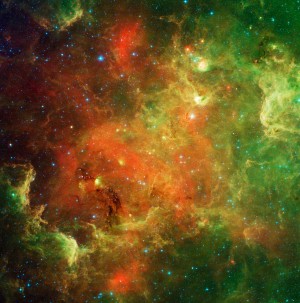Posts Tagged ‘The Pleiades’
EarthSky Tonight—October 25, Moon between Pleiades

Courtesy of EarthSky A Clear Voice for Science www.EarthSky.org Our sky chart shows the eastern sky for around mid-evening at mid-northern latitudes in North America, with the bright waning gibbous moon shining between the Pleaides star cluster and the star Aldebaran, the constellation Taurus’ brightest. Mid-northern latitudes elsewhere around the world will see the Pleiades and Aldebaran in the same place in the sky at the same hour of the night – yet the moon will be positioned somewhat ... Full Story
EarthSky Tonight—October 24, Moon can guide you to

Courtesy of EarthSky A Clear Voice for Science www.EarthSky.org Our sky chart shows the waning gibbous moon and the Pleiades star cluster for around mid-evening at North American mid-northern latitudes. However, no matter where you live worldwide, tonight’s moon will shine near the Pleiades cluster, so let the moon guide your eye to this cluster of stars tonight. At mid-northern latitudes in Europe or Asia, the gap between the moon and Pleaides will be greater than in North America, and the ... Full Story
Earthsky Tonight — On eve of equinox, moon between

Courtesy of EarthSky A Clear Voice for Science www.EarthSky.org Just after sunset tonight you will spot the crescent moon above the western horizon. The moon floats between the faint head stars of the constellation Aries and the mythic sisters in the constellation Taurus, known as the Pleiades. The waxing crescent moon is only four days past new so it still appears to us as a rather thin crescent. This is a great time to tour the moon with your binoculars or telescopes. The craters and the ... Full Story








